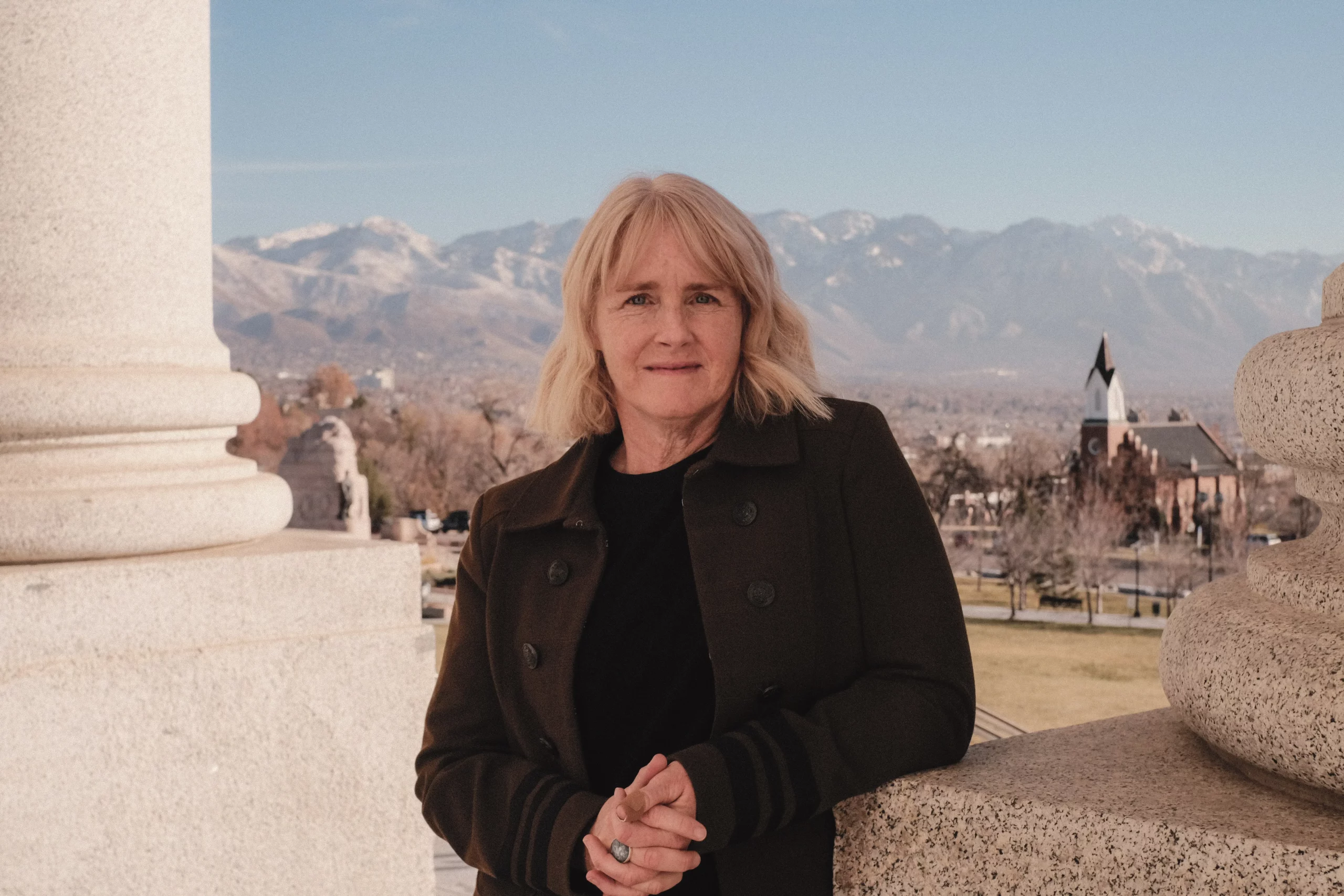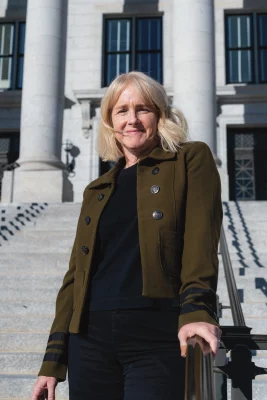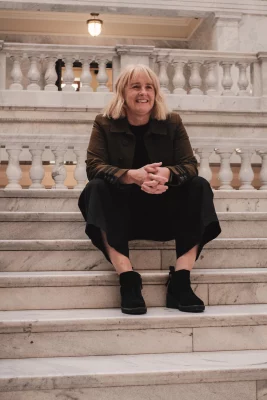
Utah Film Commission Celebrates a Century of Film in Utah
Film Interviews
In 1924, the first Hollywood film crew arrived in Cedar City, Utah. The appearance was made possible by the Parry brothers, a trio of locals who knew that Utah’s landscape offered something special. Armed with an unwavering confidence in their state’s beauty, they made the trek to Los Angeles to convince filmmakers to come to Utah and see for themselves.

Equipment was heavy and travel was expensive, so most films of the ’20s were shot in a studio. This production, filmed in Cedar City and the nearby Zion National Park, was both a novelty and a risk. And though the film, The Deadwood Coach, is now lost, the work paid off by putting Utah on the map as a filmmaking destination.
In the following decade, it was another local, Harry Goulding, who brought iconic director John Ford to Monument Valley. 1939’s Stagecoach was a breakout role for then-unknown actor John Wayne, redefining the Western genre and capturing global attention. Ford would go on to make nine films in Utah and from there, the state’s filmmaking legacy was inevitable.
“We want to make sure that there are film projects for [students] to work on and they feel supported and respected here.”
“The history of film in Utah is pretty impressive,” says Virginia Pearce, director of the Utah Film Commission. “A lot of locals went in to make the industry what it is today.”
The Utah Film Commission (UFC) is honoring this history with a yearlong celebration marking “100 Years of Utah Film & Television,” and with blockbusters including Forrest Gump, Footloose and The Sandlot to account for, it’s no small task. “100 years is a long time,” notes Pearce. “It’s been a fun challenge to make sure we’re representing the highlights but also bringing some lesser-known films to light.”
The main event is a sweeping exhibit that will encompass the fourth floor of the Utah State Capitol, open to the public from Jan. 12–Dec. 31. Apart from retracing the timeline, it will also dive into significant genres in Utah’s history. “Horror and sci-fi have been huge for us,” says Pearce. “Utah doubles as other worlds and other planets all the time.” Holiday films are another popular offering. More recently, a Western revival has attracted television crews for hits such as Yellowstone and Westworld. “It’s been fun to see the different phases of film production that we’ve had,” Pearce says. “Now we’re back to the Westerns … so I guess it’s come full circle.”

The celebrations will also feature a Utah Historical Film Trail highlighting notable shooting destinations throughout the state corresponding to a virtual map so visitors can follow along. While some iconic locations are frequented by tourists, the trail will also denote smaller, off-the-beaten-path spots. “There are a lot of communities that are proud of the films that have been shot in their area [and] they mean a lot to that particular town or city,” says Pearce. “We’re leaning heavily on our community partners to tell us where they want a trail sign and what they want to highlight.”
“It’s been a fun challenge to make sure we’re representing the highlights but also bringing some lesser-known films to light.”
This community connection is a major part of the UFC’s mission. The organization, which will also be celebrating its 50th anniversary this year, serves as a liaison between out-of-state film crews and Utah communities. Through their “film-ready” initiative, they work with towns to ensure they have the resources to welcome production crews and then they pass the reigns to local leaders. Production benefits these towns with job opportunities and sheer spending power, particularly in the tourism off-season.
Cultivating home-grown talent is just as important to the UFC as it aims to help local producers get off the ground and offer support and workplace development for emerging crews. The UFC will kick off the year’s festivities with the FOCUS on the fUTure Film Festival, a showcase of young filmmaking talent. “We have over 4,000 students that are in some sort of film program statewide,” says Pearce. “We want to make sure that there are film projects for them to work on and they feel supported and respected here.”
To learn more about the Utah Film Commission and the 100 Years of Utah Film & Television celebrations, visit film.utah.gov/100years.
Read more about film in Utah here:
Cinematic Dreamer? The Utah Film Commission’s Next Level Grant Program Can Give You a Boost
Utah Film Center: Providing Monthly Dialogues Within Creative Interests